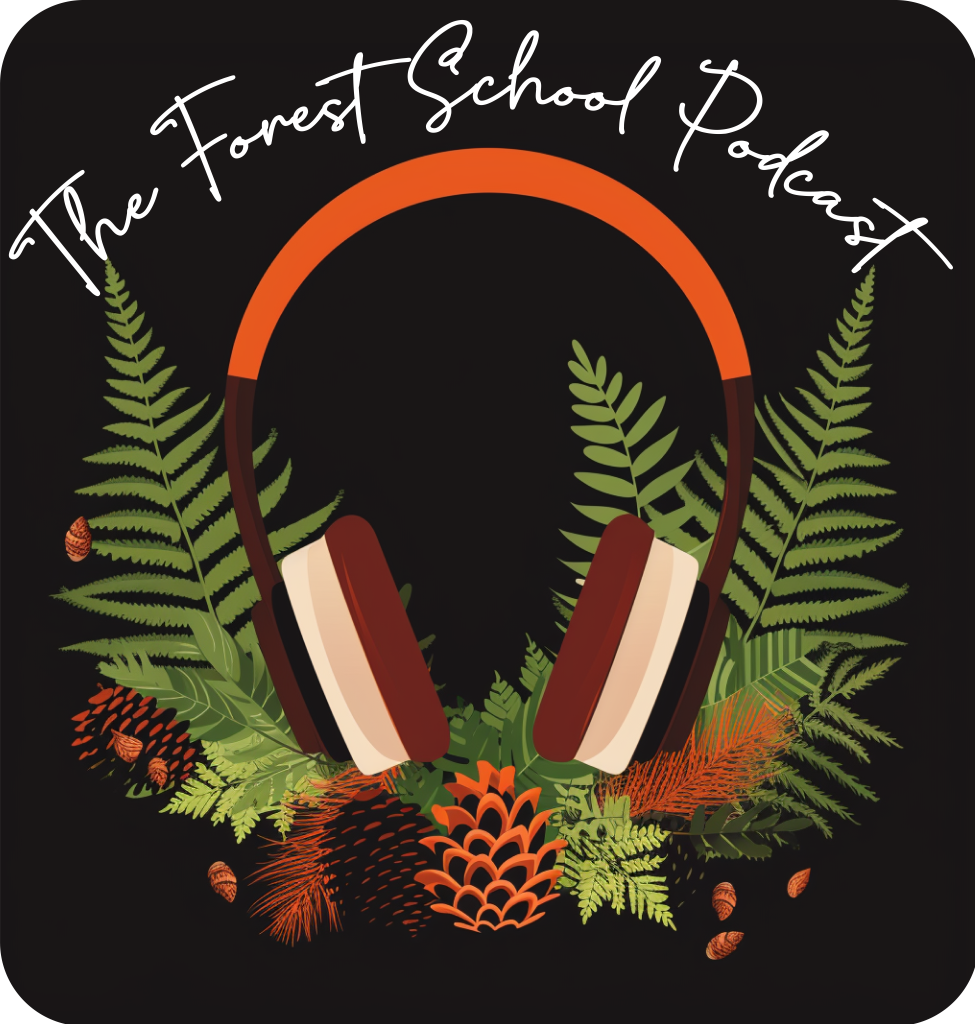Exploring the Overlooked: Insights on Low Nature Connection
Nature connection research often focuses on the positive – identifying factors that correlate with people feeling deeply connected to and nourished by the natural world. But a study published in June 2022 in Ecopsychology flips the script. Researchers Alexia Barabol and David Booth dug into an oft-overlooked group: individuals experiencing very low nature connection.
Most nature connection studies highlight those scoring highest on relevant surveys. This leaves gaps in understanding the other end of the spectrum – those reporting little sense of connection, engagement or belonging in nature. By analyzing a data set spanning 2010-2019 from over 25,000 adults in England, Barabol and Booth aimed to create “a descriptive profile” of people with minimal nature connection and “speculate reasons underpinning this disaffection.”
Defining Disconnection
The data came from Natural England’s Monitor of Engagement with the Natural Environment (MENE) survey. This continuous national study asks participants questions like:
- How much is your life affected by being in green spaces?
- I feel part of nature
- I notice wildlife wherever I am
Based on responses across several nature connectivity metrics, the researchers identified low scoring outliers – 392 participants forming the bottom 2% of scorers. Correlating demographic data revealed some common themes:
- Age: Most were between 16-24 years old
- Gender: Most were male
- Relationship status: Most were single
- Housing: Many were renting from local authorities
- Employment: Many were unemployed
This group also scored lower on wellbeing and pro-environmental behavior questions. For example, when asked about life satisfaction, quality of life, and worthwhile activities, they consistently rated these at the low end of the scales. They also reported minimal engagement in recycling, eco-conscious shopping and related sustainability efforts.
These findings alone provide some high-level insight on a seemingly disconnected demographic. But Barabol and Booth did not stop there. They explored three key discussion questions to hypothesize why this group feels so detached from nature.
Exploring the Roots of Disconnection
Lack of Exposure
An initial assumption could be that distanced individuals simply lack positive childhood nature experiences. The researchers reference studies showing that exposure to nature in early childhood strongly predicts connectivity levels through one’s life. However, they argue exposure may be too simplistic of an explanation. Many children still engage in some basic nature activities, even if at lower frequencies than previous generations. And schooling requires some outdoor time for pupils of all backgrounds.
** Fear and Aversion**
Alternatively, Barabol and Booth suggest negative formative experiences could be at play. Encounters with nature perceived as uncomfortable, scary or unsafe – whether due to animals, insects, weather, rough terrain or other factors – may “discourage future interactions.” Cognitive psychology shows us that fear-based memories form quickly and persist stubbornly. So an unpleasant nature episode in childhood could feasibly turn someone off from outdoor engagement for decades.
Social Disconnection
Finally, the root of nature disconnect may have more to do with culture and society than nature itself. The researchers connect the dots between socioeconomic background and nature detachment. Feeling disconnected from community and opportunities can erode self-worth and make nature feel irrelevant rather than restorative. Struggling to establish secure housing, employment, relationships and purpose often dominates for young adults as well – limiting bandwidth to appreciate broader wellness.
In the end, Barabol and Booth resist oversimplifying causal explanations. They call for more research exploring motivations behind nature disaffection. And they challenge assumptions that connection solely stems from childhood exposure. In fact, they reference studies showing many highly nature-connected individuals discovered this link later in life due to a specific experience.
Forest School Insights
While the forest school model prioritizes nature connection, leaders still witness the spectrum. For every child utterly engrossed with nettles or enchanted by watching worms, another seems indifferent or even avoidant. The roots likely differ, but the outcomes look similar – lack of interest, confidence or comfort in natural spaces.
This research highlights the importance of understanding barriers. Disconnection rarely occurs because someone simply doesn’t enjoy being outside. More often, experiences or anxieties hold them back. As forest school leaders, we must go beyond assumptions in order to welcome all backgrounds. Patience, creativity and compassion help reframe nature as inviting rather than intimidating. And outreach should target excluded groups – like unemployed young men – instead of just the usual suspects.
Connection lives on a continuum. As the ancient proverb says, “nature does not hurry, yet everything is accomplished.” By meeting people where they are, we can nurture belonging. The child afraid of muddy terrain today may sleep under the stars tomorrow. And research like this reminds us that every small step matters – not just the leaps and bounds.



Leave a comment